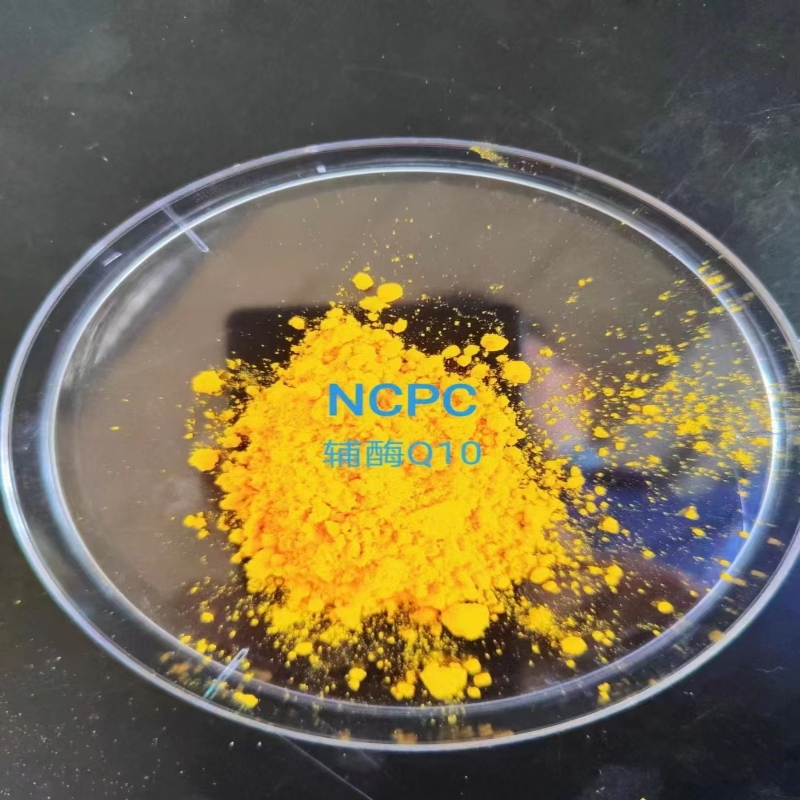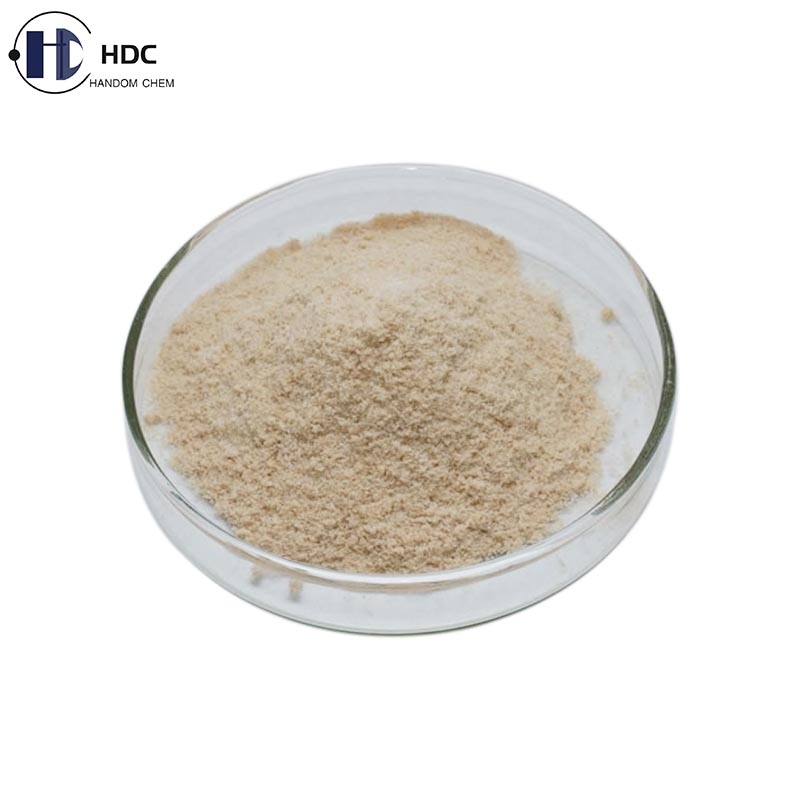Cell: Review on the use of organ chip to reproduce the characteristics of human diseases
-
Last Update: 2016-03-14
-
Source: Internet
-
Author: User
Search more information of high quality chemicals, good prices and reliable suppliers, visit
www.echemi.com
Organ chip: a crystal clear flexible polymer structure about the size of a computer memory stick, which contains a hollow channel made by computer microchip manufacturing technology These channels are lined with living cells and tissues in parallel, thus simulating the pathological characteristics at the organ level The picture is from Wyss Institute at Harvard University March 14, 2016 / BIOON / - for many years, organs on chips have been keeping the "classic" design, but due to recent progress, their design complexity has increased Such chips - microfluidic devices, which contain hollow channels in which living human cells line up - now include lung-on-a-chip, intestinal chip and blood-brain-barrier-on-a-chip Each kind of chip can basically reconstruct the functional interface between two kinds of living human tissues, one of which is distributed side by side with the other (i.e vascular cells) and contains the flowing liquid of nutrients for maintaining life, i.e the whole chip simulates the physical environment of living organs in the human body (such as respiratory movement in the lung, peristalsis in the intestine) Although some people suggest that these chips simplify human biological tissues too much, they can reconstruct complex organ functions through reverse design of organ structure, which will help people deeply understand what is necessary for life operation and what is not In a critical paper titled "reverse engineering human pathway with organizations on chips" published in the March 10, 2016 issue of cell journal, Donald, director of Wyss Institute for biologically inspired engineering, Harvard University, USA Ingber describes how organ chips provide a powerful way to analyze organ function and human pathophysiological characteristics, in addition to providing a potential way to replace animal testing and accelerate personalized medical development "We don't try to rebuild human organs," Ingber said We are trying to develop a culture environment for living human cells with as few traces as possible, which will induce these cells to reconstruct organ level structure and function, so as to simulate the physiological characteristics we observed in the human body " Ingber sees building human organ models as a system level challenge Although recent advances in organoids provide new opportunities to observe and manipulate human tissue development in vitro, scientists can use organ chips to study how many different types of cells and tissues - including epithelial tissue, vascular endothelial tissue, immune cells, and symbiotic bacteria and pathogens - communicate with each other to regulate the pathophysiological process in the whole organism 。 "Communication in an organism is information transmission," he said Whether it's at the molecular, cellular, tissue, organ, or whole body level, what makes life meaningful is the integration of this information at multiple scales and at multiple levels of complexity " For example, in 2010, Ingber and dongeun, Biomedical Engineer The lung chip that huh developed together started with two closely juxtaposed tissues in a two channel device - one is a layer of alveolar cells, the other is vascular cells: in this device, these alveolar cells are covered by air, and the liquid containing human leukocytes continuously flows on the vascular cells, which is very similar to the flow of blood in our body's blood vessels This lung chip exposes the tissue to periodic stretching and relaxing movements that mimic breathing movements Using these lung chips, researchers were able to measure how bacterial infections or aerosols induce injury and inflammation, and how certain drugs cause body fluids to enter the airways leading to pulmonary edema Recently, scientists have confirmed that the small airway microarray constructed from lung cells obtained from patients with chronic obstructive pulmonary disease (COPD) can simulate the deterioration of lung inflammation induced by viral or bacterial infection, similar to the situation observed in COPD patients Although it's only a symbolic illustration of the lungs, the biological features observed on organ chips have been able to replicate the reactions observed in animals and humans Different organ chips can also be connected by flowing liquid to simulate how multiple organs interact Some surprising findings from these experiments lie in how little is needed to replicate in vitro body structures that are often thought to have complex biological characteristics "With organ chips, we can combine two or three kinds of tissues and then add immune cells or bacteria," Ingber said We can also selectively modify each control parameter to see what happens - how each parameter works individually, how they work together or in different combinations - and I don't know of any other system that allows us to do that at the tissue or organ level using human cells " The combination of organ chips by stem cell technology also provides the possibility to improve personalized medical treatment For example, Ingber points out that by making patient tissues from induced pluripotent stem cells (iPSCs), people may use chips designed by these cells to screen drugs, and if successful, they may test the potential drug in the same patient This type of personalised drug development program will save money on failed clinical trials and speed up the development of new drugs that benefit patients "Organ chips allow people to do research much more like the human body, rather than studying animal cells or even human cells in rigid Petri dishes," Ingber said I think by combining organ chips with iPS cells, the concept of personalized medicine could become a reality " (Bio Valley bio Com) this article is the original compilation and collation of Bio Valley, welcome to reprint! Click for authorization For more information, please download Biovalley app Reverse Engineering Human Pathophysiology with Organs-on-Chips doi: 10.1016/j.cell.2016.02.049 Donald E Ingber While studies of cultured cells have led to new insights into biological control, greater understanding of human pathophysiology requires the development of experimental systems that permit analysis of intercellular communications and tissue-tissue interactions in a more relevant organ context Human organs-on-chips offer a potentially powerful new approach to confront this long-standing problem.
This article is an English version of an article which is originally in the Chinese language on echemi.com and is provided for information purposes only.
This website makes no representation or warranty of any kind, either expressed or implied, as to the accuracy, completeness ownership or reliability of
the article or any translations thereof. If you have any concerns or complaints relating to the article, please send an email, providing a detailed
description of the concern or complaint, to
service@echemi.com. A staff member will contact you within 5 working days. Once verified, infringing content
will be removed immediately.







